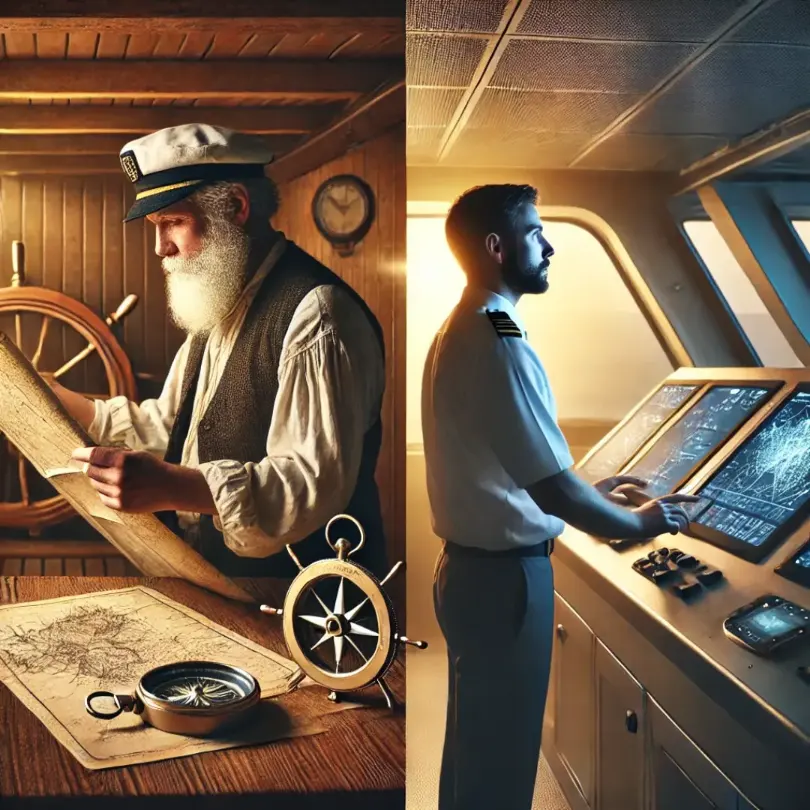25/03/2025
How the Maritime Industry Balances Automation and Skills
In this article, we explore how the industry is finding ways to modernise while protecting the skills and people that have shaped it for generations.
You’ll also find what people working in the sector really think about automation and how it’s impacting their day to day work.









